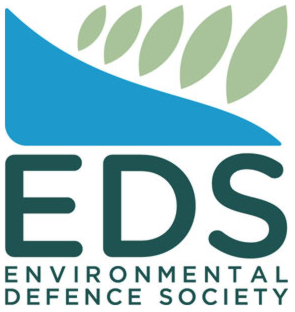Babies At Risk Due To Nitrate-contaminated Drinking Water In Ashburton District
Greenpeace Aotearoa says that it is deeply concerned about the safety of drinking water in the Ashburton District after close to one in five bore water samples tested for nitrate at the beginning of April exceeded levels linked with blue baby syndrome.
The organisation says that this is indicative of a failure by Environment Canterbury to protect drinking water from contamination.
Greenpeace spokesperson Will Appelbe says, "Environment Canterbury has a responsibility to protect Cantabrians, and they are failing in their duty by allowing drinking water contamination to exceed the Government’s maximum standards for nitrate contamination."
Two samples tested were just over double the level of nitrate permitted in drinking water - a standard set in the 1950s to prevent Blue Baby Syndrome. However, this standard doesn’t capture other serious health risks associated with nitrate-contaminated drinking water.
Almost half of all bore water samples tested at Greenpeace Aotearoa’s Ashburton town hall water testing event in early April were above 5 mg/L of nitrate, a level linked to an increased risk of preterm birth. The New Zealand College of Midwives recommends pregnant people consider avoiding water above 5 mg/L for nitrate. A sample from the Hinds town supply also tested at 6.55 mg/L.
"It’s unacceptable that these communities have such high levels of nitrate in their drinking water, and it’s particularly concerning for pregnant people and small babies, whose health could be at risk," adds Appelbe.
"Everybody, no matter where they live, should be able to drink the water from their kitchen tap without worrying about getting sick. This is a present and looming public health crisis for Mid Canterbury."
There is a growing body of evidence that indicates that longer-term exposure to drinking water above 0.87 mg/L can increase the risk of bowel cancer. Greenpeace tested 27 samples from the Ashburton town supply, with a mean level of 2.06 mg/L.
"Safe drinking water is a fundamental necessity for life, and it’s alarming that rural communities are dealing with such dangerously high levels of nitrate contamination in their water.
"Intensive dairying is the main source of nitrate pollution in Canterbury - with nitrate from dairy cattle urine and synthetic nitrogen fertiliser leaching into drinking water supplies. The solution is clear - we need a phase out of synthetic nitrogen fertilisers and to transition to more sustainable forms of agriculture that don’t pollute the lakes, rivers and aquifers.
"Environment Canterbury must take action. Local body elections are approaching later this year, and people in the Ashburton District are ready to demand their elected representatives take action to address this drinking water crisis," says Applebe.


 Gordon Campbell: On Marketing The Military Threat Posed By China
Gordon Campbell: On Marketing The Military Threat Posed By China The New Zealand Remembrance Army: Victoria Cross And Hardham Cup Come Together For First Time In Over 100-years
The New Zealand Remembrance Army: Victoria Cross And Hardham Cup Come Together For First Time In Over 100-years RNZ Online: How The World Reacted To The Demise Of The Treaty Principles Bill
RNZ Online: How The World Reacted To The Demise Of The Treaty Principles Bill Te Matapihi: Response To Govt’s New Strategic Housing Partnerships: Progress, But Equity Gaps Remain
Te Matapihi: Response To Govt’s New Strategic Housing Partnerships: Progress, But Equity Gaps Remain Banking Class Action: Government’s Retrospective Law Change Threatens Consumer Protections
Banking Class Action: Government’s Retrospective Law Change Threatens Consumer Protections E tū: Journalists Respond To Grenon - Still No Commitment To Editorial Independence
E tū: Journalists Respond To Grenon - Still No Commitment To Editorial Independence Marlborough District Council: Kevin Judd Named Marlborough’s Newest Living Cultural Treasure
Marlborough District Council: Kevin Judd Named Marlborough’s Newest Living Cultural Treasure


